Wildfire Gear Every Canadian Needs: Tools That Could Save Your Property
As wildfires continue to grow in scale and frequency across Canada, preparedness has become a necessity—not a luxury. From rural landowners and off-grid homesteaders to outdoor workers and recreational cabin owners, having the right wildfire-response tools could save property, livestock, and even lives.
At Axeman.ca, we supply the same tools trusted by professional loggers, the BC Wildfire Service, and forestry crews. These aren’t gimmicks. They’re serious tools built for critical moments—like when a customer in the Okanagan used our Bullseye Nozzle and Pulaski Axe to hold a grass fire at bay until crews arrived. These tools are proven, not just in theory but in real-world emergencies.

Trusted Tools for Wildfire Defense
1.
Bullseye Power Nozzle
Trusted by wildfire crews across BC, this compact nozzle turns any hose into a high-pressure firefighting tool. It’s compatible with garden hoses or professional-grade water pumps. Delivers a focused stream for reaching flames or pre-soaking zones.
2.
Pulaski Axe
Originally designed for wildland fire crews, this tool combines an axe and a mattock for chopping and digging. Ideal for building firebreaks, clearing brush, and trenching around key areas.
3. Woxna Forest Saws & Silky Saws
When you need to limb trees, clear a line, or cut deadfall fast—these high-quality Swedish saws won’t let you down.
4.
Portable Winch Systems
Move logs and dead trees out of your fire zone quickly. Compact and gas-powered, these winches let one person do the work of a full crew.
5. Fire Rakes and McLeods
For managing forest floor debris, ash, and surface fuels. Build or maintain defensible space around structures.
Be Ready Before the Smoke Appears
When the wind changes and embers fly, it’s too late to prepare. Our wildfire tools ship fast across Canada and are built to work when conditions are at their worst.

How to Build a Firebreak Around Your Cabin, Homestead, or Property
A firebreak is one of the most effective tools for slowing or redirecting an advancing wildfire. It’s a clear zone—free of fuel—that gives fire crews a better chance of defending your property or gives you time to act before fire gets close.
Here’s how to build one properly using the right tools.
Step 1: Identify Your Perimeter
Start by walking your property. Look for natural breaks like driveways or rivers. Plan a 10- to 30-foot buffer around structures or assets.
Step 2: Clear Ground Fuel
Use rakes, brush axes, or chainsaws to remove dry grass, pine needles, leaves, and deadfall.
Recommended tools:
-
Fire rake or McLeod tool
-
Pulaski axe for roots and digging
-
Chainsaw or Woxna forest saw for branches and deadfall
Step 3: Remove Ladder Fuels
Trim lower tree limbs to prevent fire from climbing into the canopy. Clear brush beneath trees to limit vertical fire spread.
Step 4: Dig Down to Mineral Soil
Firebreaks work best when they’re bare dirt. Use your Pulaski to dig a shallow trench on the fire-facing side. This breaks surface fire progression.
Step 5: Maintain It
Clear your firebreak at least once per season. After windstorms or dry spells, inspect and clear debris.
Building a firebreak is hard work—but the right tools make it faster and more effective.
Explore Firebreak Tools

Emergency Fire Pump Setups for Off-Grid and Rural Properties
Water is the most effective defense against wildfire. But if you’re off-grid, on well water, or relying on gravity flow—you need a dedicated pump setup for fire response.
Here’s what a basic fire pump setup includes:
1. Water Source
You’ll need a pond, river, cistern, or 1,000L tote. Ensure access is year-round and not blocked by terrain or vegetation.
2. Fire Pump
Look for a pump rated for high head pressure and long hose runs. Gas-powered models are preferred for remote use.
3. Hose Line
Use high-quality lay-flat hoses or forestry-grade hose kits. Store in a dry, accessible area near the pump.
4. Nozzle
The Bullseye Power Nozzle is ideal. It provides professional-level pressure and control on both garden hose and pump-fed setups.
5. Setup Checklist:
-
Keep pump fueled and ready
-
Run test every spring
-
Store hoses coiled and out of sunlight
-
Mark intake and discharge points
A pump won’t stop a wildfire—but it can knock down spot fires, pre-soak structures, and give you a fighting chance while waiting for help.

Top 5 Wildfire Tools for Remote Cabins in Canada
If you own a cabin deep in the woods, it’s up to you to keep it safe. Help could be hours—or days—away. Here are five wildfire tools every cabin owner should have on hand.
1. Bullseye Power Nozzle
Compact, durable, and incredibly powerful. Works with any standard hose or pump. Packs easily and delivers serious water pressure.
2. Pulaski Axe
The gold standard for fire crews. Clears brush, digs trenches, and builds fire lines. Combines an axe and a mattock in one.
3. Woxna Forest Saw
A reliable, no-fail tool for bucking logs, limbing trees, and clearing storm debris. Lightweight and razor-sharp. If you're looking for an alternative, Silky Saws are another professional-grade option—especially popular for precision pruning and trail maintenance. Both brands are field-tested and trusted, with Woxna offering rugged durability and Silky offering a smoother, high-speed cut.
A reliable, no-fail tool for bucking logs, limbing trees, and clearing storm debris. Lightweight and razor-sharp.
4. Fire Rake or McLeod
Essential for building and maintaining firebreaks. Move ash, soil, pine needles, and duff to create a defensible zone.
5. Portable Winch
Clear hazard trees or remove windfall from your cabin perimeter fast. Gas-powered and field-proven.
Cabin Wildfire Prep Checklist:
-
Build a firebreak (at least 10 ft around structures)
-
Store hoses, tools, and nozzles in one central shed
-
Keep a fuel cache for your pump or winch
-
Install ember screens and metal roof flashing
Don’t wait until smoke is in the air. Protect your investment now with tools trusted in the harshest conditions Canada has to offer.





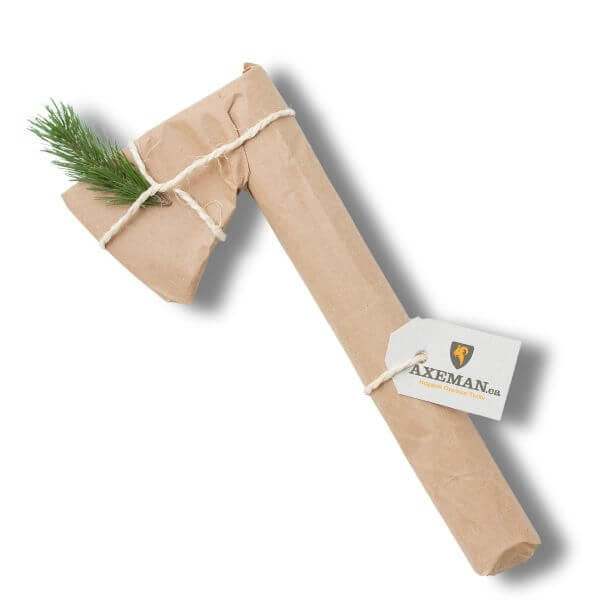


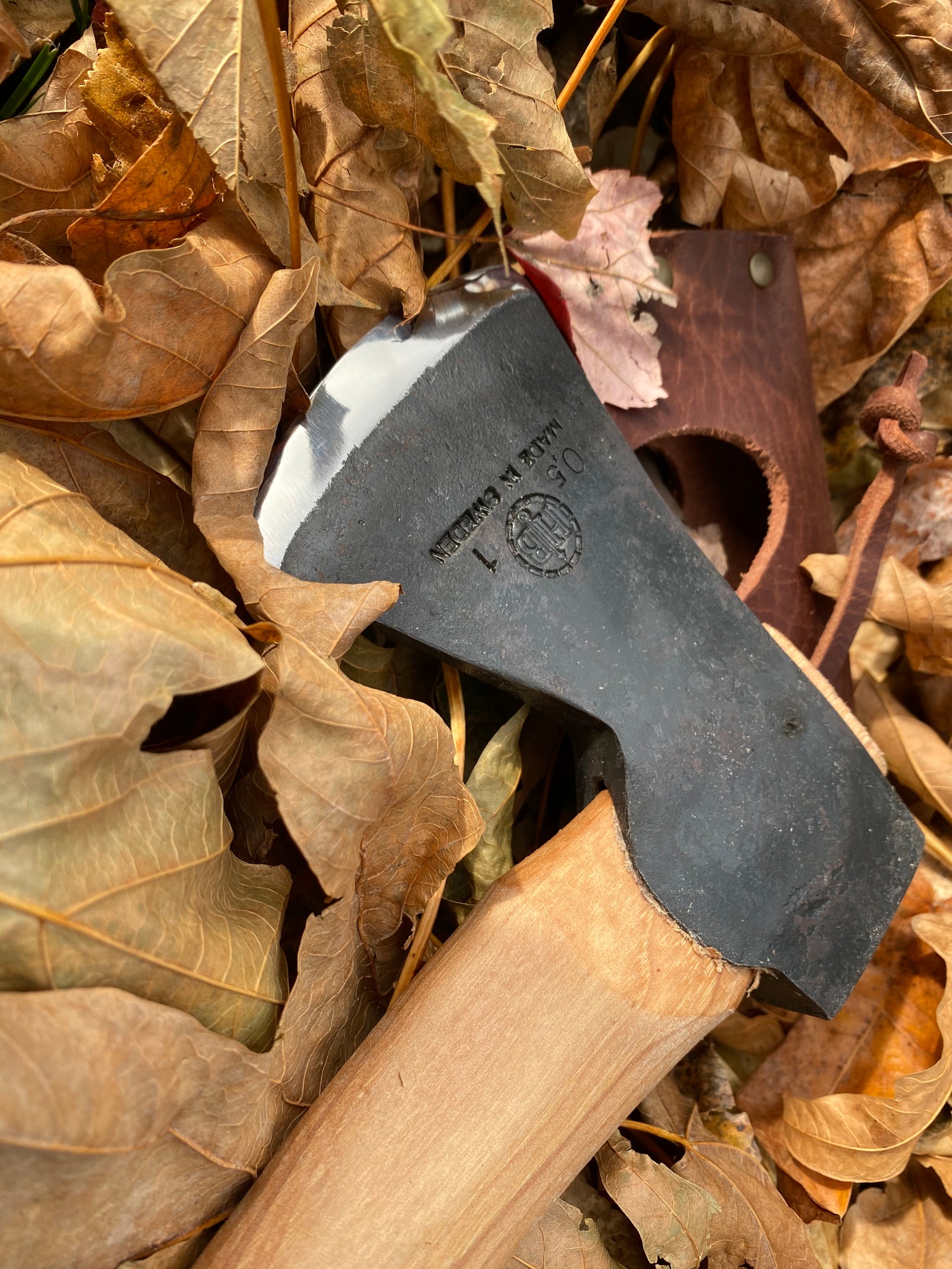

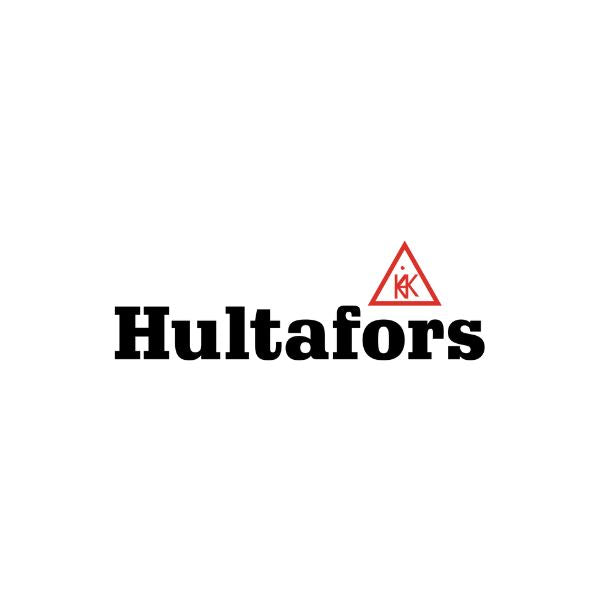

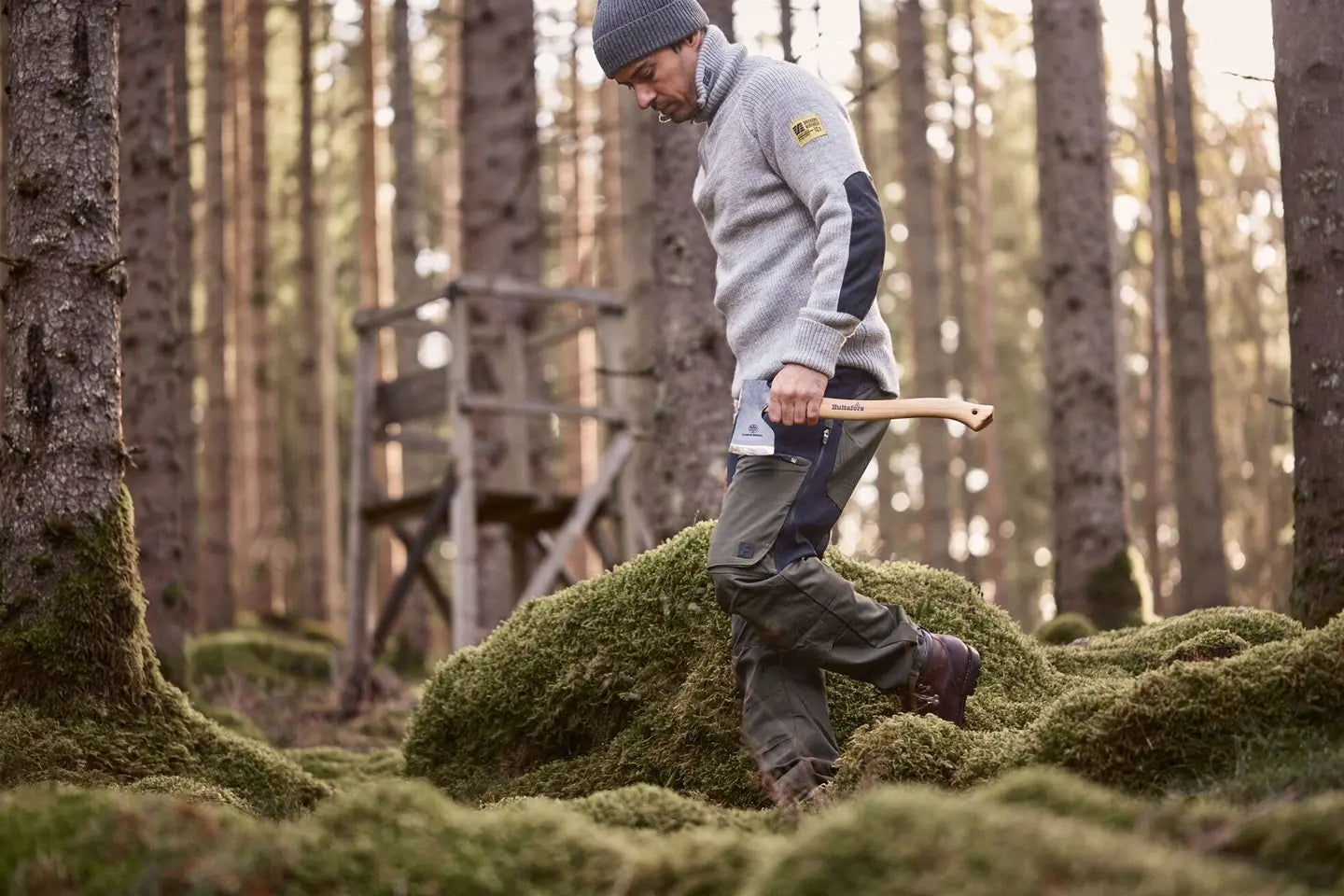
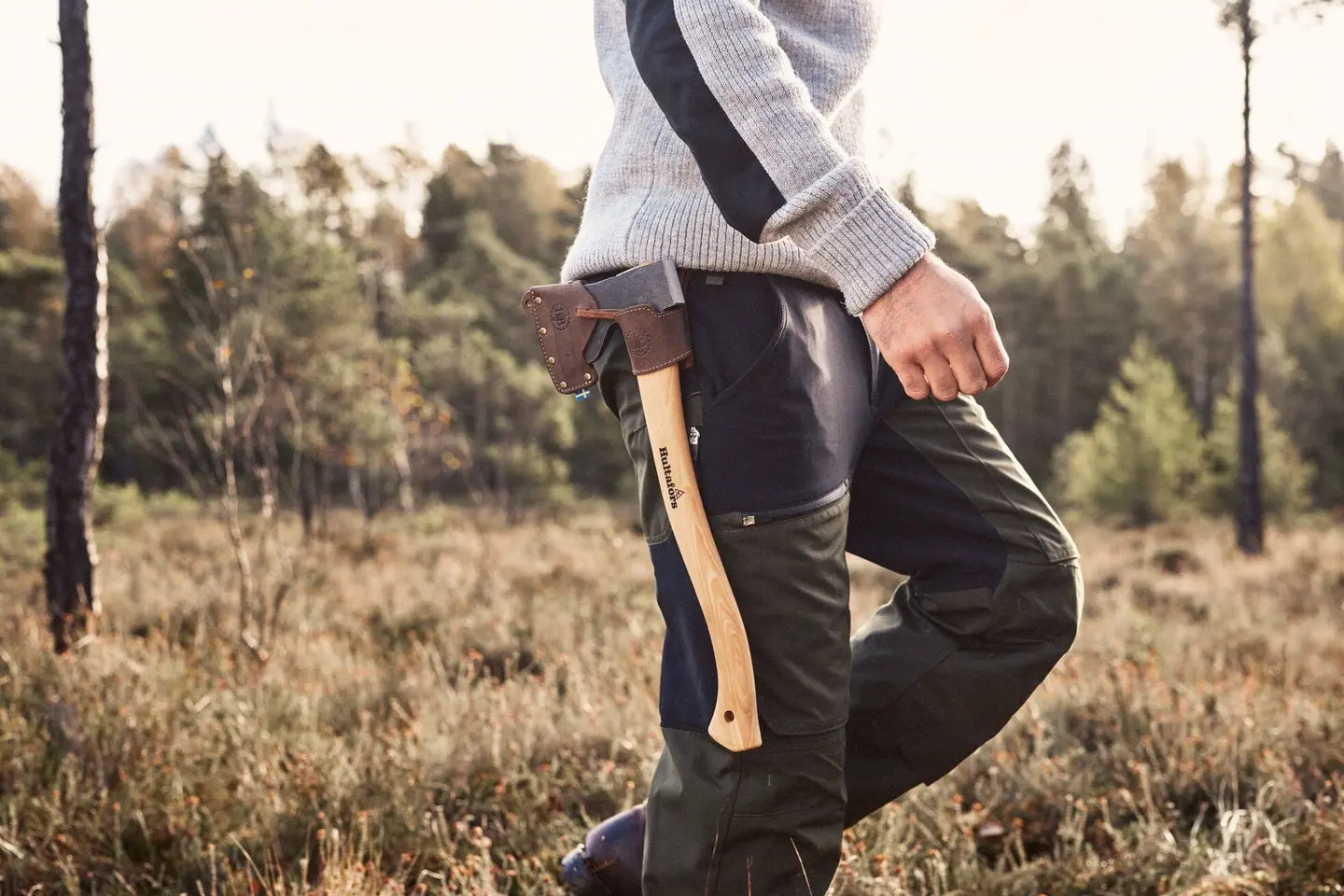
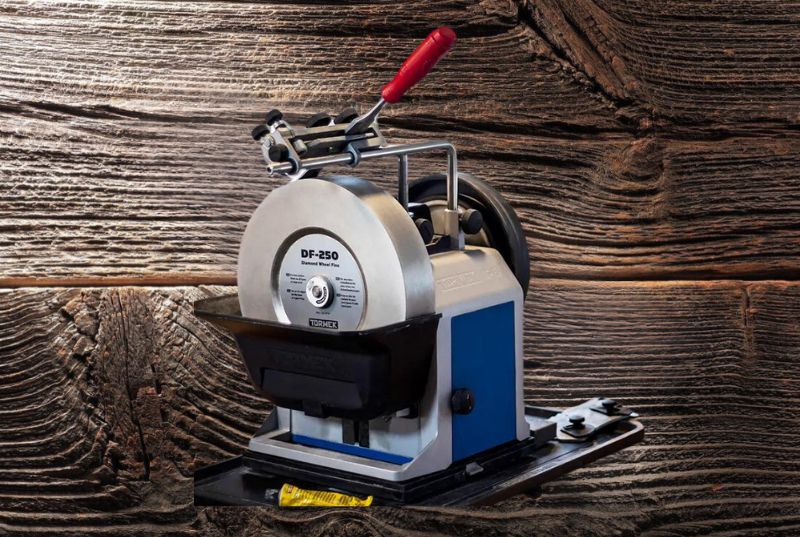
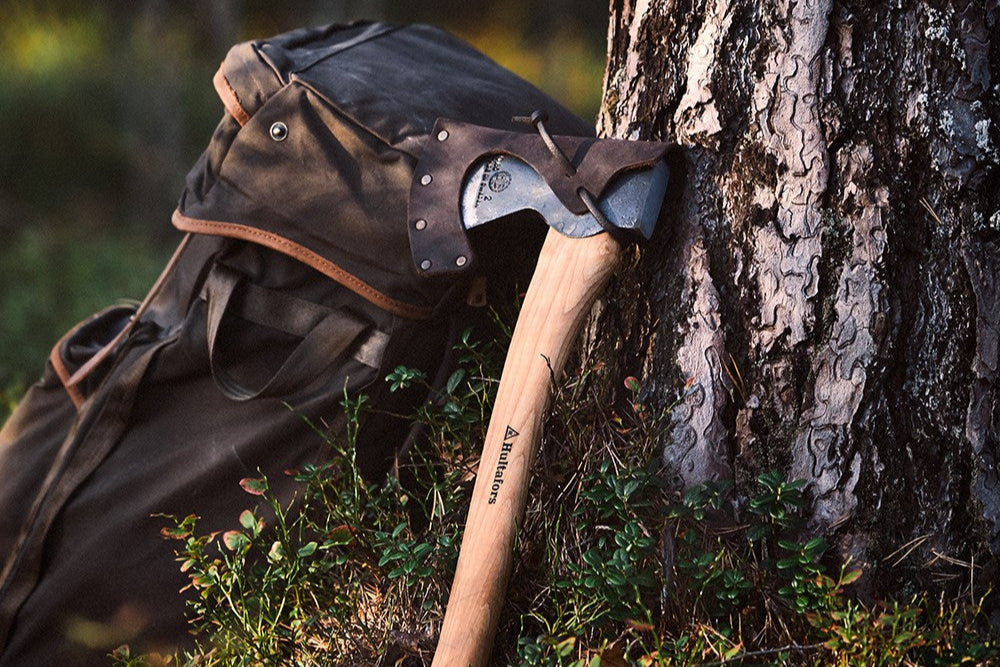
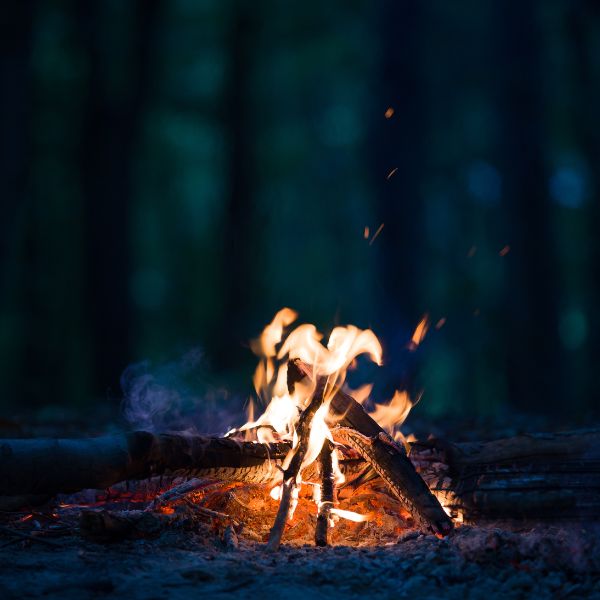
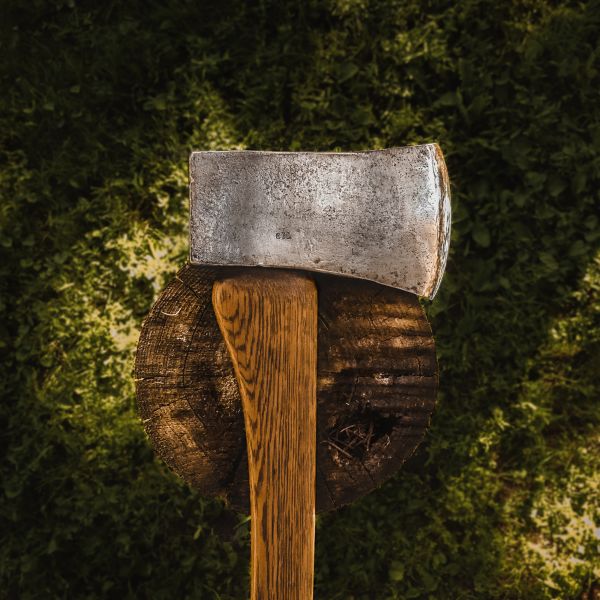
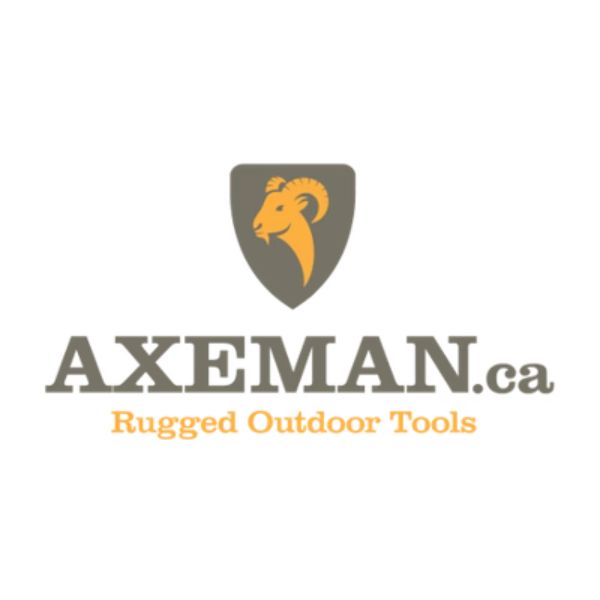





Leave a comment (all fields required)